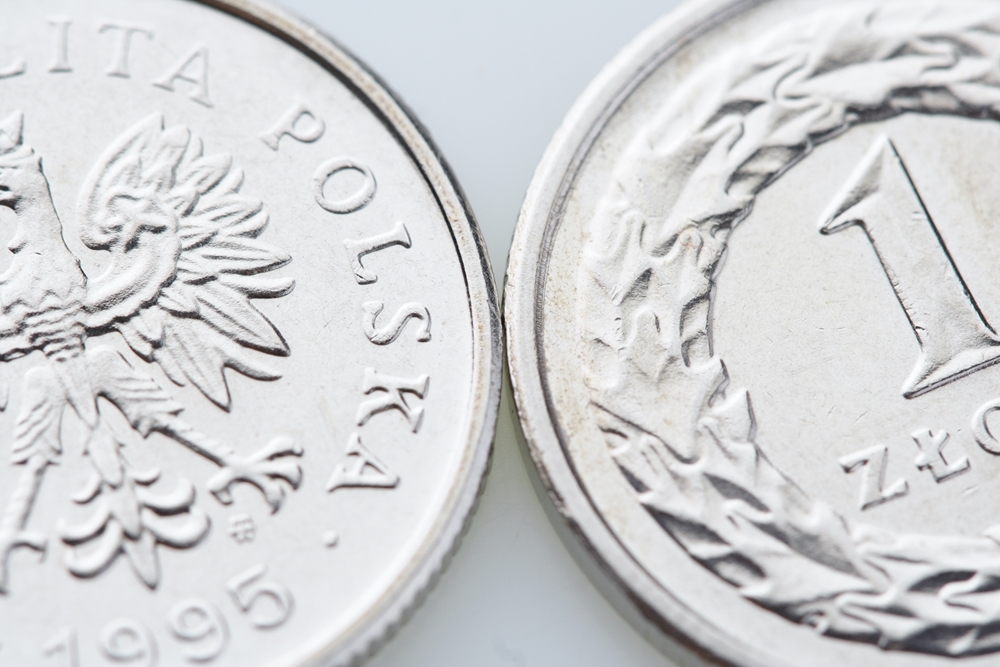The Polish Monetary Policy Council (RPP), which sets the interest rates of Poland’s central bank (NBP), has decided to keep the interest rate frozen at 5.75 percent, which is the same level it has been at since October last year.
The head of Poland’s central bank (NBP), Adam Glapiński, signaled last month that any loosening of monetary policy was unlikely in 2024. Therefore, the Monetary Policy Council’s decision to hold rates steady on Wednesday was expected.
The uncertainty over the economic regulatory framework the RPP had commented on during its former meetings has remained in place. The new government is likely to reintroduce a 5 percent VAT rate on food and will also be unfreezing energy prices. These events are likely to push inflation up to the 5 to 6 percent level from today’s 3.9 percent.
Faster growth together with higher consumption looks to have closed off any avenue towards reducing interest rates, at least for the time being.
The NBP’s inflation forecast assumes a higher rate of growth in 2025 (4.25 percent), and the first forecasts for 2026 are for growth of 3.25 percent and an inflation rate of 2.9 percent, still just short of the inflationary target of 2.5 percent.
The maintenance of the current level of interest rates in Poland coupled with policies pursued by the U.S. Federal Reserve and the European Central Bank (ECB) are likely to lead to the Polish currency (zloty) strengthening. According to currency specialists at Cinkciarz.pl, the value of the euro is likely to be less than 4.30 zlotys, averaging at the end of the year around 4.25. The U.S. dollar is expected to fall as low as 3.65.






